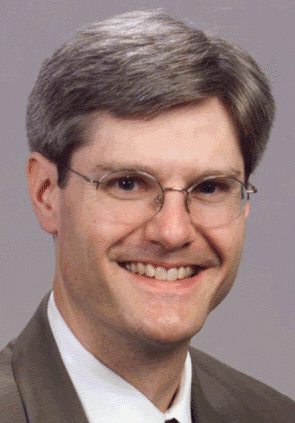The apnea-hypopnea index does not correlate well with many important clinical features of sleep apnea, he said. Thus, success for any particular patient should be judged based on multiple clinical parameters, including patient symptoms and sense of improvement, exam findings, and numerous parameters from sleep testing.
Explore This Issue
November 2009Postoperative Treatment Options
Along with further surgical options, a common therapy recommended for patients who need ongoing treatment is continuous positive airway pressure (CPAP). According to Ofer Jacobowitz, MD, PhD, of Hudson Valley Ear, Nose and Throat PC in Middletown, NY, there are insufficient data to predict which patients will accept and adhere to CPAP after surgery.
Although in his clinical practice, the majority of patients will retry CPAP after surgery, adherence to treatment, which is critical to effectiveness, remains mixed due to persistent problems with comfort and other side effects. This mixed result with CPAP adherence is borne out in the literature. Some data indicate improved adherence to CPAP after surgery, perhaps attributed to lower CPAP pressure requirements, said Dr. Jacobowitz, but the data remain insufficient.
Another unanswered question is whether the anatomic alterations after palatal surgery can compromise the effectiveness of CPAP after surgery. Although a few studies show a higher chance of leaks in some postsurgery patients using CPAP, Dr. Jacobowitz pointed out that an often referenced study by Mortimore and colleagues used maximal air pressure to test the efficacy of CPAP on awake patients while erect (Am J Respir Crit Care Med 1996; 154:1759-62).
That may not mean much because we’re not interested in maximal pressure, but in the pressure that the individual needs, he said, adding this is not the maximal pressure. When optimal pressure is used instead of maximal pressure, the incidence of leaks is far less. For example, ones study found leaks in only two of 52 patients at optimal pressure after multilevel surgery (Laryngoscope 2009;119:193-6). In another study, leaks at optimal pressure were present in five of 31 patients but only in those who underwent aggressive uvulopalatopharyngoplasty (UPPP) with more resection of tissue (Sleep Breath 2006;10:37-42). This suggests that leaks may be avoided by more conservative technique with less resection.
 The apnea-hypopnea index does not correlate well with many important clinical features of sleep apnea. Thus, success for any particular patient should be judged based on multiple clinical parameters, including patient symptoms and sense of improvement, exam findings, and numerous parameters from sleep testing.
The apnea-hypopnea index does not correlate well with many important clinical features of sleep apnea. Thus, success for any particular patient should be judged based on multiple clinical parameters, including patient symptoms and sense of improvement, exam findings, and numerous parameters from sleep testing.-Edward M. Weaver, MD, MPH
One potential way to improve the efficacy of CPAP by increasing adherence is by decreasing nasal resistance through nasal surgery. One of the main issues with noncompliance is intolerance to high air pressure. Dr. Jacobowitz highlighted data from several studies that showed the efficacy of nasal surgery in reducing nasal resistance and subsequently lowering the amount of air pressure and increasing tolerance to CPAP.
Leave a Reply